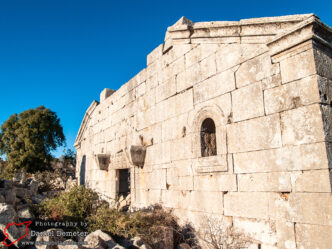
Kaluta كالوتا
The village of Kaluta (كالوتا) has an impressive collection of Byzantine remains which include numerous churches and several villas. Although a modern …

The village of Kaluta (كالوتا) has an impressive collection of Byzantine remains which include numerous churches and several villas. Although a modern …
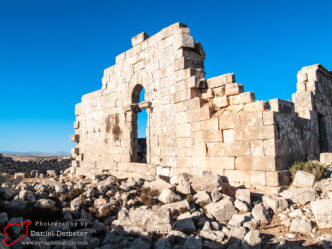
Overlooking the village of Kaluta (كالوتا) to the east is the impressive Byzantine church complex referred to as Qalaat Kaluta (قلعة كالوتا). …

Serqaniya (سرقانيا) is a moderately sized Byzantine-era settlement that features the remains of two churches and several villas and underground tombs. Situated …
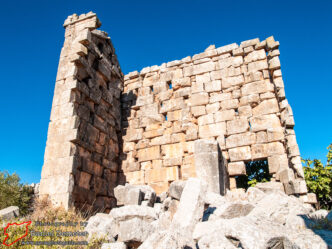
The small village of Qatura (قاطورة), on the northern side of Jebel Sheikh Barakat (جبل الشيخ بركات), has an interesting collection of …
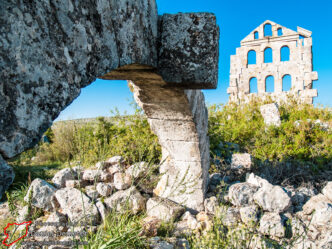
Just a short hike up a hillside opposite Qalaat Samaan (قلعة سمعان) is the small Byzantine site of Taqla (تقلا). This settlement …
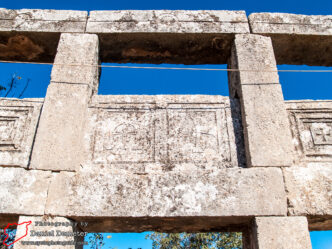
Zarzita (زرزيتا) is a small village with scattered Byzantine-era remains to the southwest of Jebel Samaan (جبل سمعان). The village seems to …
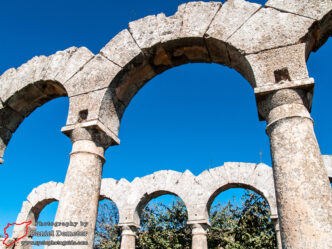
Burj Heidar (برج حيدر) is a Kurdish village to the east of Qalaat Samaan (قلعة سمعان). The site was settled at least …
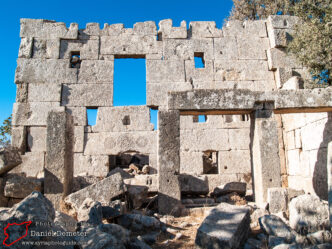
The tiny village of Kafr Nabo (كفر نابو) has several Byzantine-era remains and is worth a stop if visiting the nearby sites …
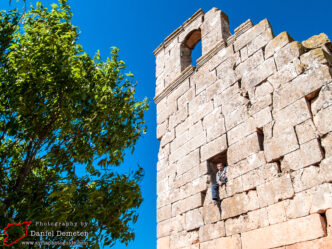
Burjkeh (برجكة) is a small Kurdish village with two items of interest: a small Byzantine church and an impressive tower after which …
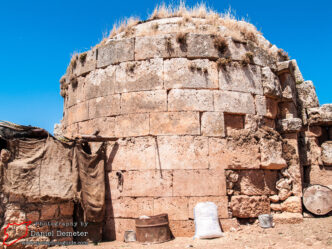
The friendly Kurdish village of Fafertin (فافرتين) is on the surface entirely unremarkable. It is surprising to find in this otherwise nondescript …